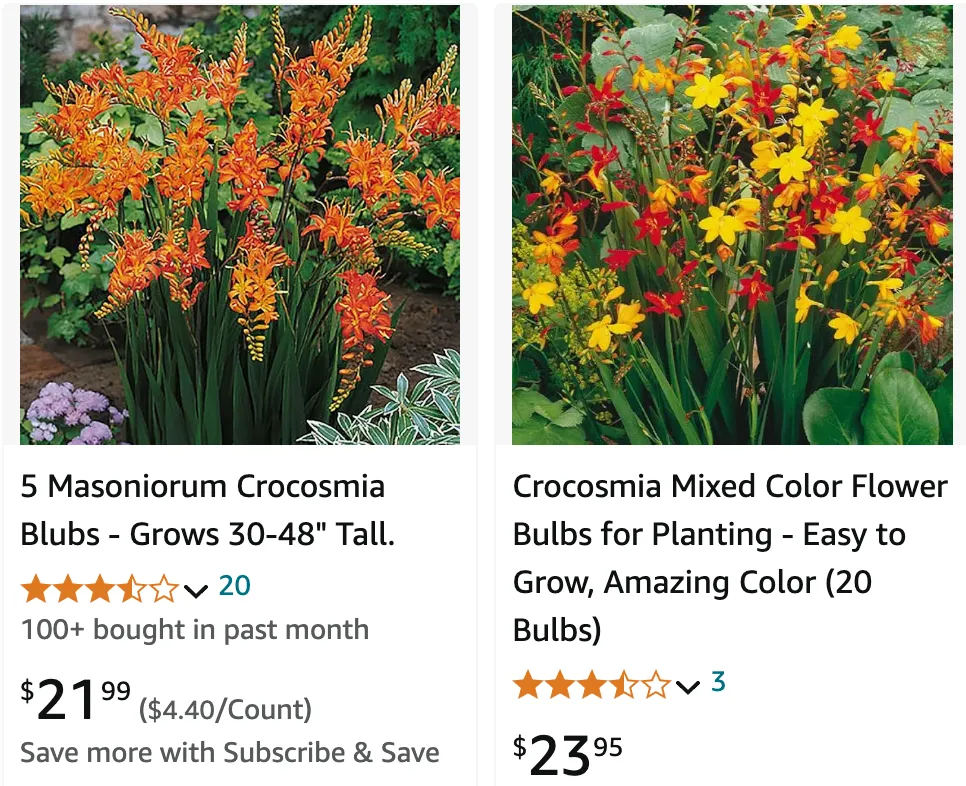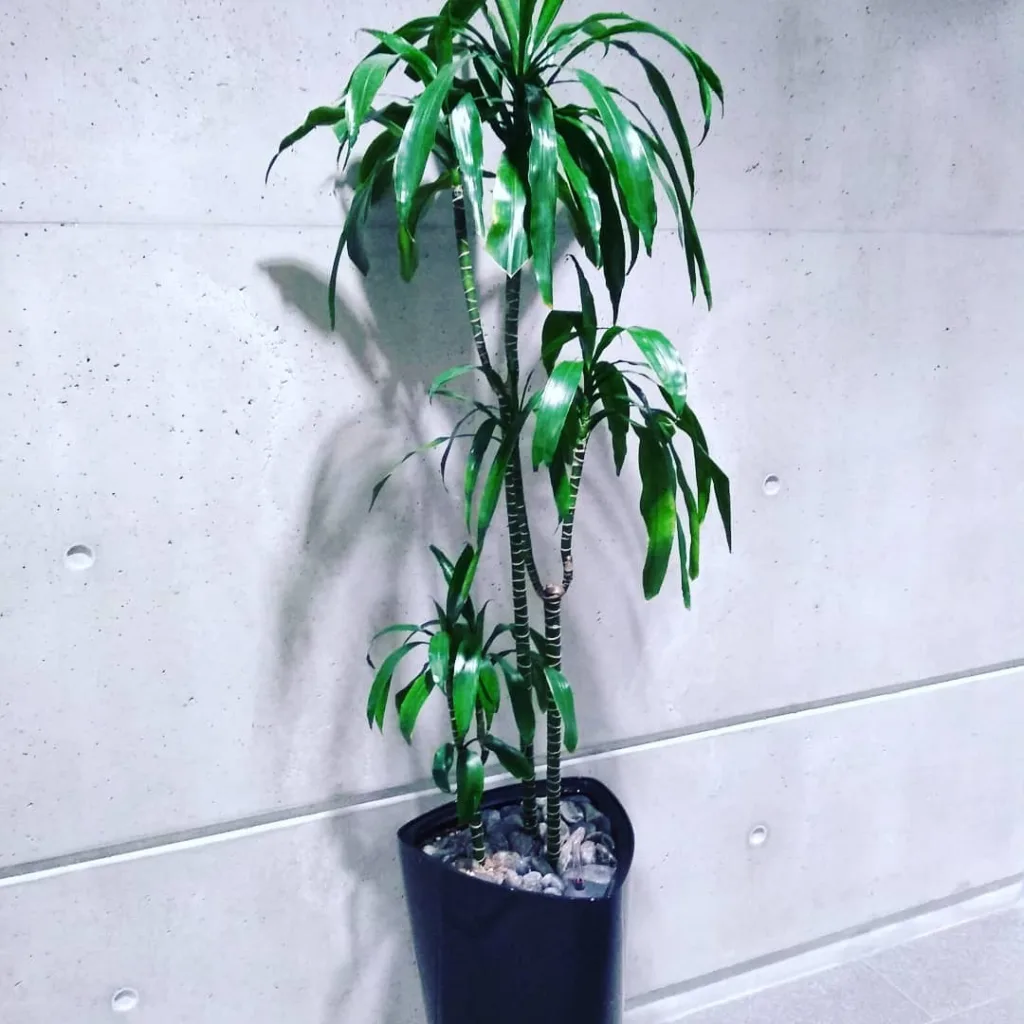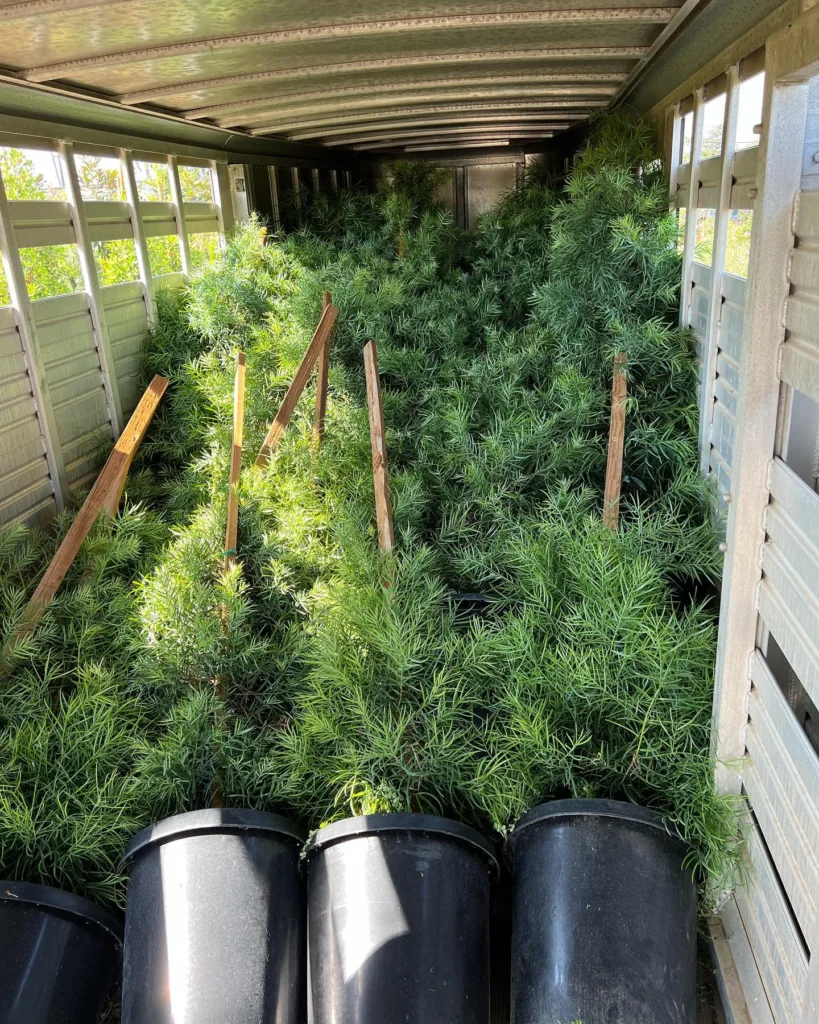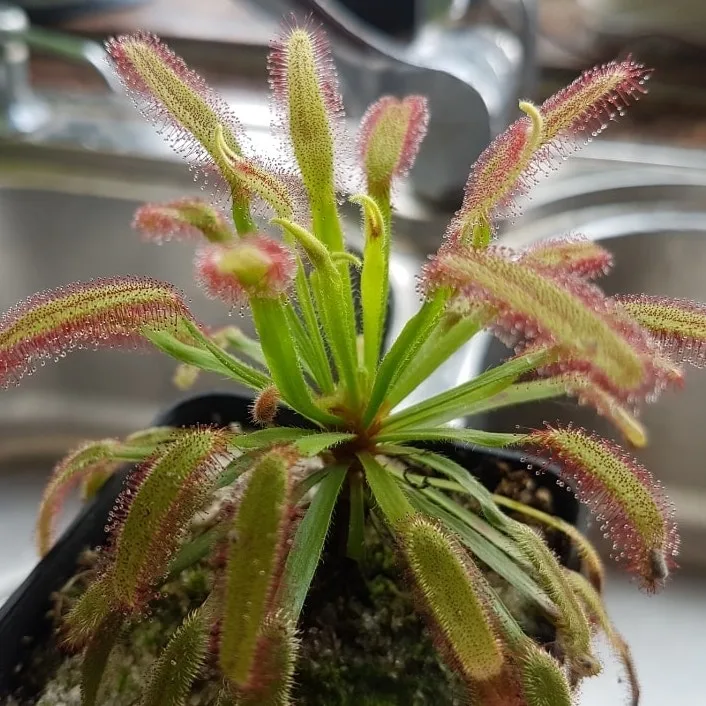
April 6 – Crocosmia
"Crocosmia, the fiery flower, represents April 6."
Crocosmia stands for energy and enthusiasm. You have a lively and dynamic nature, igniting passion and excitement in everything you do. Like the plant’s vibrant blooms, you light up any room.
FAQs About Crocosmia
I’ve always found Crocosmia to be one of the most enchanting plants in my garden. With their vibrant colors and delicate form, they never fail to draw attention. Over the years, I’ve encountered numerous questions about growing and caring for Crocosmia. Here are some frequently asked questions, along with my experiences and insights.
What is Crocosmia?
Crocosmia, also known as Montbretia, is a genus of flowering plants in the Iridaceae family. Native to the grasslands of southern and eastern Africa, these perennials are known for their bright, fiery colors ranging from red to orange to yellow. The arching sprays of flowers and sword-like leaves add a striking element to any garden.
Crocosmia species
- Crocosmia ambongensis (H.Perrier) Goldblatt & J.C.Manning
- Crocosmia aurea (Pappe ex Hook.) Planch.
- Crocosmia × crocosmiiflora (Lemoine) N.E.Br. Plant FAQs: Crocosmia Crocosmiiflora – Montbretia
- Crocosmia fucata (Lindl.) M.P.de Vos
- Crocosmia masoniorum (L.Bolus) N.E.Br.
- Crocosmia mathewsiana (L.Bolus) Goldblatt ex M.P.de Vos
- Crocosmia paniculata (Klatt) Goldblatt
- Crocosmia pearsei Oberm.
- Crocosmia pottsii (Baker) N.E.Br.
When to Plant Crocosmia Bulbs?
Planting Crocosmia bulbs, also known as corms, is best done in the spring. This timing allows the bulbs to establish themselves before the growing season. Aim to plant them after the last frost has passed and the soil has warmed up a bit, typically around April to May, depending on your local climate.
Is It Too Late to Plant Crocosmia Bulbs?
If you’re wondering whether it’s too late to plant Crocosmia bulbs, it really depends on your climate. As long as you plant them in the spring or early summer, they should have enough time to establish and bloom. However, planting too late in the season might result in fewer blooms and less robust growth.
How to Plant Crocosmia Bulbs?
Planting Crocosmia bulbs is straightforward. Choose a well-drained spot that receives full sun to partial shade. Dig a hole about 2-3 inches deep and place the bulb with the pointed end facing up. Space the bulbs about 6-8 inches apart to give them room to grow. Cover with soil and water thoroughly. Adding a layer of mulch can help retain moisture and suppress weeds.
Do Deer Eat Crocosmia?
One of the reasons I love Crocosmia is that deer tend to avoid them. The plants have a natural resistance to deer, making them a great choice for gardens in areas where deer are a problem. However, no plant is completely deer-proof, so there might be occasional nibbling.
How to Stop Crocosmia Spreading?
Crocosmia can spread quite vigorously if not managed properly. To keep them under control, divide the clumps every 2-3 years in the spring or fall. Dig up the clumps and separate the corms, replanting only what you need. This not only controls the spread but also rejuvenates the plants, leading to better blooms.
When Do Crocosmia Bloom?
Crocosmia typically bloom in mid to late summer, from July to September. The exact timing can vary depending on the variety and local climate. Their vibrant blooms can last for several weeks, providing a stunning display in the garden.
When to Cut Back Crocosmia?
Cutting back Crocosmia is essential for maintaining a tidy garden and promoting healthy growth. After the flowers have faded and the foliage begins to yellow, usually in late fall, cut the stems back to the ground. This helps the plant conserve energy for the next growing season.
Are Crocosmia Perennials?
Yes, Crocosmia are perennials. Once planted, they will return year after year, provided they are grown in suitable conditions. They are hardy in USDA zones 5-9, and with proper care, they can thrive for many years.
Do Hummingbirds Like Crocosmia?
Absolutely! Hummingbirds are attracted to the bright, tubular flowers of Crocosmia. The plants provide a valuable nectar source, making them a fantastic addition to a wildlife-friendly garden.
How to Care for Crocosmia?
Caring for Crocosmia is relatively simple. They prefer well-drained soil and full sun but can tolerate partial shade. Water them regularly during the growing season, especially during dry spells. Fertilizing with a balanced, slow-release fertilizer in the spring can encourage robust growth and flowering.
How to Propagate Crocosmia?
Propagating Crocosmia is typically done by dividing the corms. In early spring or fall, dig up a clump and carefully separate the corms. Replant the divisions immediately at the same depth they were growing. You can also propagate Crocosmia from seeds, but this method is slower and less reliable.
What to Plant with Crocosmia?
Crocosmia pairs well with a variety of plants. Their bold colors contrast beautifully with blue or purple flowers like Agapanthus or Salvia. They also look stunning alongside ornamental grasses and other sun-loving perennials such as Echinacea and Rudbeckia.
Crocosmia vs Curcuma
While both Crocosmia and Curcuma produce striking flowers, they have different growth habits and requirements. Crocosmia thrives in well-drained soil and full sun, whereas Curcuma, also known as Hidden Ginger, prefers more shaded conditions and consistently moist soil. Choosing between them depends on your garden’s specific conditions and aesthetic goals.
Conclusion
Crocosmia is a versatile and vibrant addition to any garden. With their stunning flowers, ease of care, and appeal to wildlife, they are a favorite among many gardeners. Whether you’re planting them for the first time or looking to expand your collection, I hope these FAQs help you enjoy growing Crocosmia as much as I do.
If i die, water my plants!



